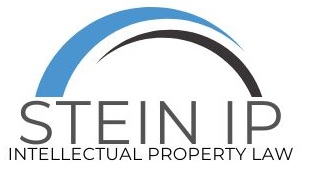- HOME
- > Blog Main Page
- > Intent to Induce Infringement May Be Based on Objectively Noninfringing Conduct in Federal Circuit Ruling
Intent to Induce Infringement May Be Based on Objectively Noninfringing Conduct in Federal Circuit Ruling
By Chris Kang
On October 23, 2020, the Federal Circuit held that liability for induced infringement may be established through the subjective belief that conduct is infringing where it is objectively reasonable that the conduct is noninfringing.
In 2010, TecSec sued Adobe and several other defendants for direct and induced infringement of its patents.[1] The district court entered a judgment of noninfringement for Adobe because TecSec could not show that Adobe or its users infringed its patents under the adopted claim construction.[2] The Federal Circuit later reversed the district court’s construction and remanded for further proceedings with the new construction.[3] On remand, Adobe filed a motion in limine asking the court to “preclude argument, evidence, or testimony on Adobe’s intent to induce or willfully infringe between March 3, 2011 and October 18, 2013.”[4]
The district court granted Adobe’s motion, reasoning that the March 3, 2011 claim construction and noninfringement stipulation made it legally impossible for Adobe to have had the requisite intent to induce third-party infringement and allowing either party to present evidence for the inducement argument would cause the opposing parties undue prejudice while confusing the jury.[5] Subsequently, TecSec appealed the district court’s exclusion of inducement evidence.
The Federal Circuit reversed the district court’s decision, finding that the knowledge requirement of induced infringement can be met through the subjective belief that objectively noninfringing conduct is infringing.[6] The Court rejected the district court’s conclusion that Adobe “lacked the requisite intent to induce infringement,” and determined that an objectively reasonable belief does not answer a contrary subjective belief as a matter of law.[7]
The Federal Circuit found that the limited scope of Adobe’s motion in limine precluded TecSec from presenting all relevant material evidence, and thus prevented the district court from properly resolving the issue as a matter of law.[8] Furthermore, the Federal Circuit determined that the district court failed to explain why admitting the inducement evidence would be too prejudicial against TecSec given that TecSec reiterated its intent to pursue the inducement case regardless if the evidence was admitted.[9]
The Federal Circuit reversed and remanded for further proceedings on TecSec’s post-March 3, 2011 inducement claim.[10]
[1] TecSec, Inc. v. Adobe Inc., 978 F.3d 1278 (Fed. Cir. 2020).
[2] Id.
[3] Id.
[4] Id.
[5] Id.
[6] Id.
[7] Id.
[8] Id.
[9] Id.
[10] Id.

TAGS:
RECENT POSTS
